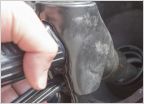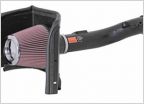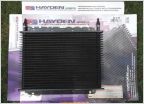-
Welcome to Tacoma World!
You are currently viewing as a guest! To get full-access, you need to register for a FREE account.
As a registered member, you’ll be able to:- Participate in all Tacoma discussion topics
- Communicate privately with other Tacoma owners from around the world
- Post your own photos in our Members Gallery
- Access all special features of the site
Turbo BS Thread
Discussion in 'Performance and Tuning' started by Clay_916, Mar 20, 2017.
Page 900 of 906
Page 900 of 906


 03 Supercharged with URD 7th Injector Wideband & Boost Readings? (Pics)
03 Supercharged with URD 7th Injector Wideband & Boost Readings? (Pics) Fuel System Cleaner Consolidation Page
Fuel System Cleaner Consolidation Page Which magnaflow muffler?
Which magnaflow muffler? 2012 Tacoma Parts
2012 Tacoma Parts Installed a Trans Cooler
Installed a Trans Cooler Best Exhaust for 2001 4 Cylinder
Best Exhaust for 2001 4 Cylinder









































































